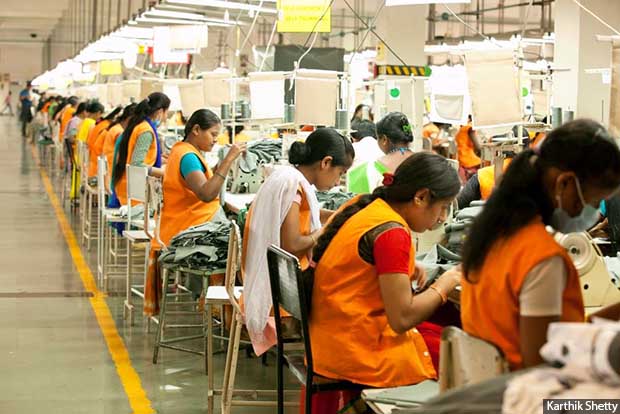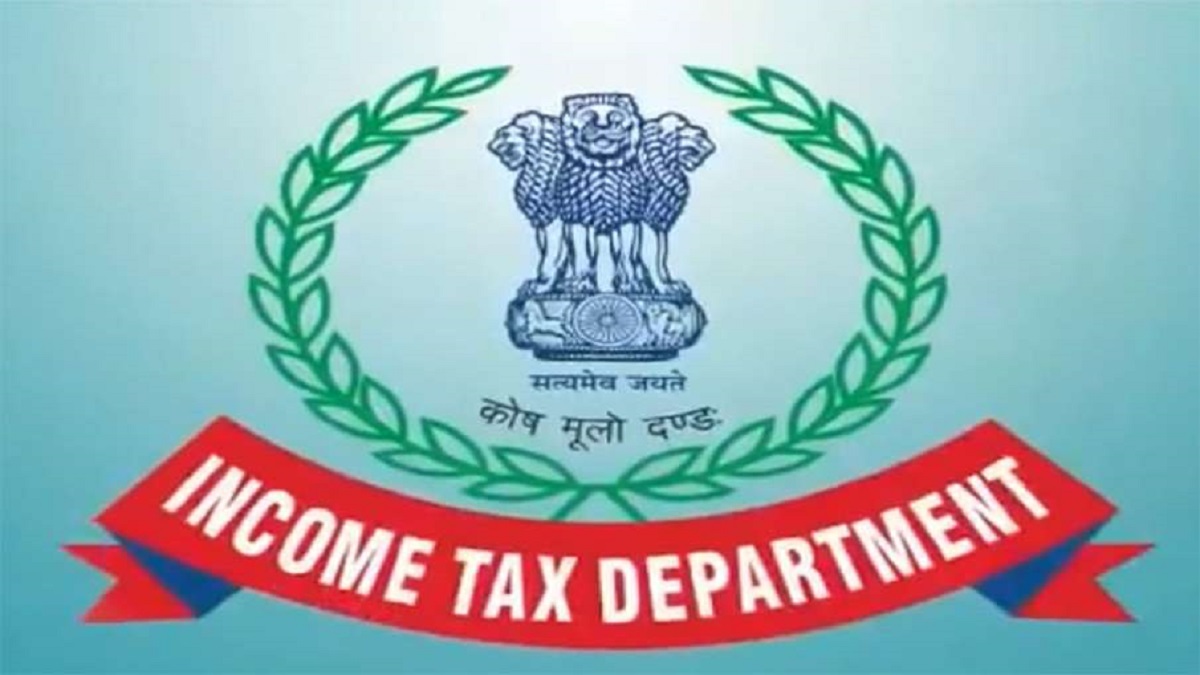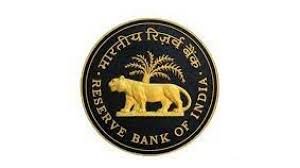IndiaÔÇÖs economic growth has moved from jobless to job loss
Tue 12 Nov 2019, 17:41:37

IndiaÔÇÖs economic growth has moved from not just being a jobless regime but to being a ÔÇİjob-lossÔÇÖ one, suggests new research. In a study published in the Economic and Political Weekly, K.P. Kannan and G. Raveendran break down the latest Periodic Labour Force Survey (PLFS) findings to suggest that the Indian economy is losing its ability to absorb new entrants to the work-force with less-educated rural women suffering the most.
Joining recorded National Sample Survey (NSS) business information with the as of late discharged PLFS study, the creators find that the capacity of the Indian economy to assimilate its developing working-age populace has been consistently diminishing. In 2004-05, 58% of the populace entering the workforce in the past two decades were assimilated into the workforce yet by 2011-12 this figure had tumbled to 15% in 2011-12. In 2017-18, this figure turned negative (- 5%) recommending
that a portion of the working-age populace in reality left the workforce. And this has happened even while India recorded positive total development.
that a portion of the working-age populace in reality left the workforce. And this has happened even while India recorded positive total development.
They gauge that the economy lost 6.2 million positions between 2011-12 and 2017-18. Separating occupations by area, gender, training and sectors, they find that it was for the most part the less taught (beneath optional level) who lost employments. Inside this accomplice, it was provincial ladies who endured the most (rustic ladies' work fell by 24.7 million).
Sectoral analysis of the data shows that the net job loss stems from losses in sectors such as agriculture, quarrying, mining and manufacturing. Taken together, job losses in these sectors accounted for 95% of the total job loss. According to the authors, this jobs crisis is a result of several structural and policy failures in agriculture, rural-to-urban migration and education.
No Comments For This Post, Be first to write a Comment.
Most viewed from Business
AIMIM News
Asaduddin Owaisi questions PM Modi's China policy
Jan 08, 2025
Owaisi slams UP over police post near Sambhal mosque
Dec 31, 2024
Owaisi hails SC order on Places of Worship Act
Dec 13, 2024
AAP Corporator Tahir Hussain joins AIMIM party
Dec 11, 2024
Latest Urdu News
Most Viewed
May 26, 2020
Which political party will win the Delhi Assembly polls to be held on Feb 5?
Latest Videos View All
Like Us
Home
About Us
Advertise With Us
All Polls
Epaper Archives
Privacy Policy
Contact Us
Download Etemaad App
© 2025 Etemaad Daily News, All Rights Reserved.





























